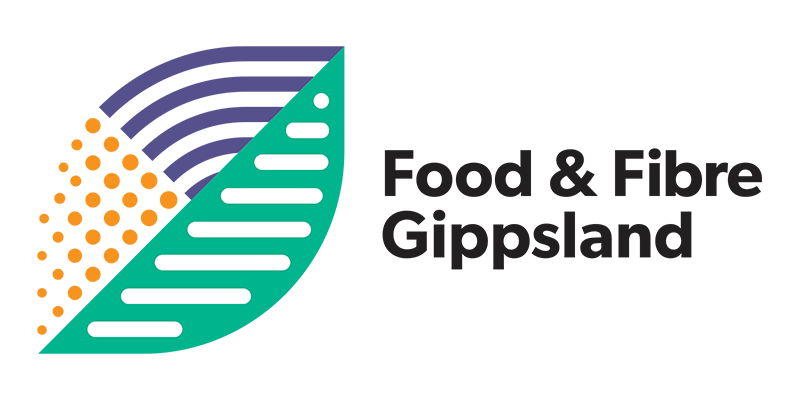Seaweed Farming
Seaweed is rapidly gaining recognition and momentum worldwide as a versatile, sustainable, and nutritious source of protein.
In addition to being a valuable source of protein for humans and animals, certain species of Australian seaweed are being investigated for their ability to remove carbon from the atmosphere and reduce methane emissions in cattle and sheep, potentially minimising the effects of climate change.
Another important consideration for the Gippsland region is that seaweed farming can provide or restore fish and shellfish habitats, improving the biodiversity of fish populations in the area and creating opportunities for multi-species aquaculture, ecotourism (through diving) or recreational fishing.
Seaweed grows incredibly quickly (up to 30 times the rate of land-based plants), and provides shelter, a food source, and optimum conditions (by improving nutrient levels in the water) for fish growth in a short timeframe.
The result is that seaweed farms have the potential to become a complete ecosystem, rather than isolated structures out in the ocean with one purpose.
Seaweed growing initiatives in Europe have successfully utilised wind farms and other offshore structures to support seaweed growth, which may then be harvested for food, alternative energy as a biomass, or to sequester (remove) carbon from the atmosphere. By using existing offshore structures, it removes the need to set up ropes or platforms to grow the seaweed.
Growing the seaweed offshore has extensive environmental benefits compared to traditional agricultural practice; no fresh water or fertiliser is required.
Discovery work and opportunities for further exploration
F&FG in partnership with the Latrobe Valley Authority hosted the online “Gippsland Seaweed Symposium” in April 2021 to discuss the potential benefits of a seaweed industry for the region.
Gippsland, with over 600km of coastline and a vast network of lakes and waterways, in addition to an established aqua-cultural industry, could potentially be a prime location for the development of a commercial seaweed industry in Victoria – the problem is that there’s very little information on which species of seaweed actually grow in the region, and data on the environmental conditions needed to support seaweed growth.
The F&FG Smart Specialisation team are currently busy meeting with organisations including Deakin University, Kelp Blue and Traditional Owners of the Land and Waterways to work out the next steps in this important process.
In addition to investigating what species of seaweed are present and where they may be grown, F&FG are also looking into innovative new seaweed farming methods, such as growing seaweed between offshore wind turbines.
Important dates for 2022:
Tuesday 15th February: Spotlight on skills and training required for future seaweed industry jobs – opportunities for the Gippsland region. Location and time TBC.
Thursday 10th February: Opportunities for seaweed aquaculture in East Gippsland.
Location and time TBC.Tuesday 1st February: Seaweed mapping update – discussing environmental conditions, species, potential locations, and next steps required to enable seaweed aquaculture in Gippsland.


